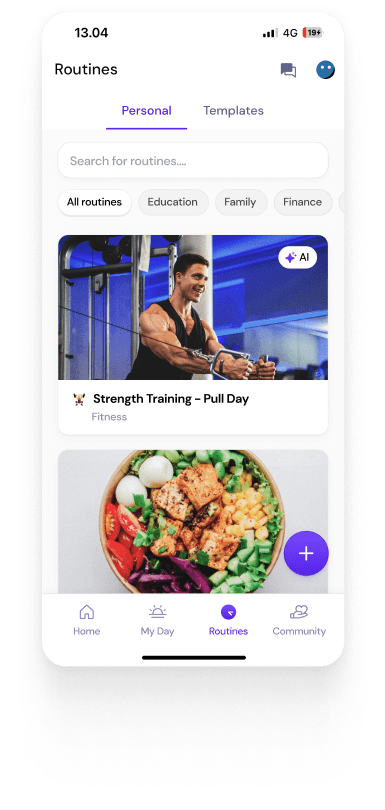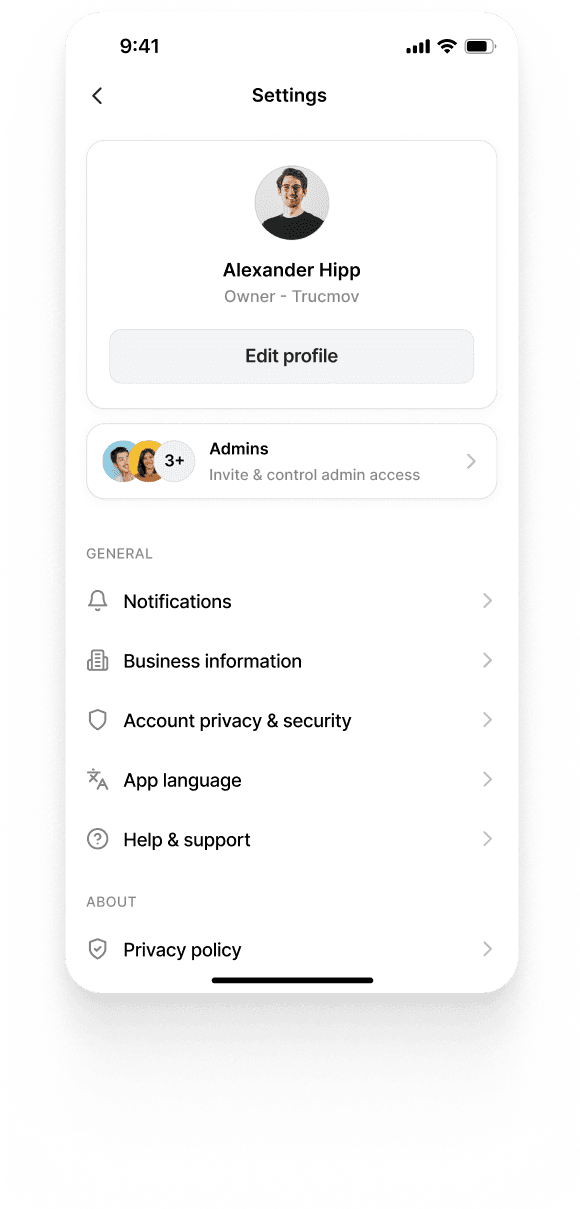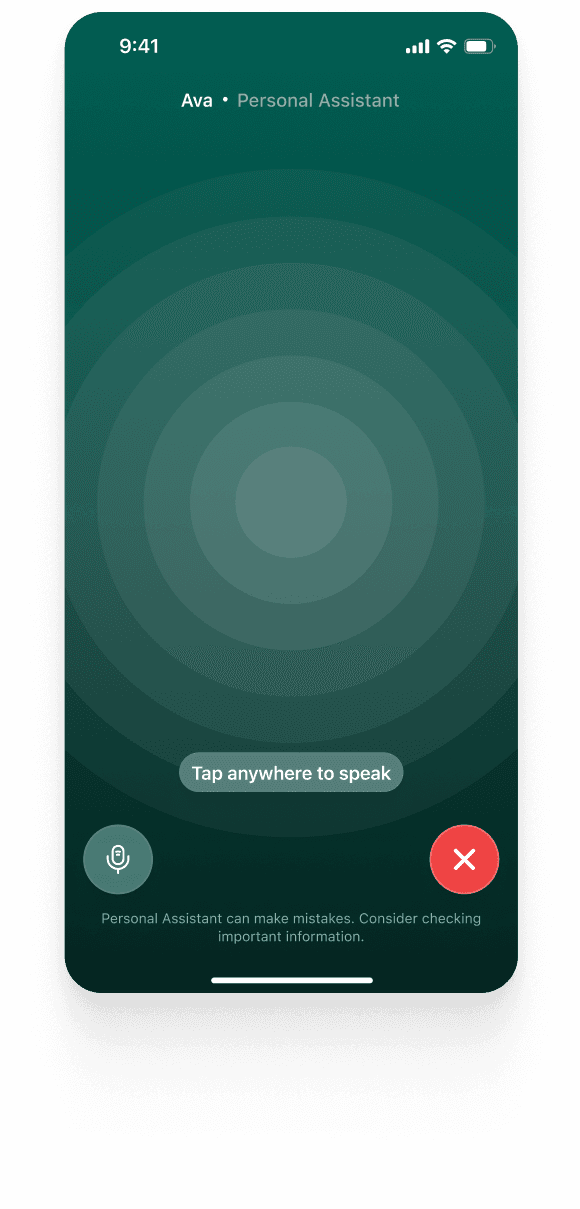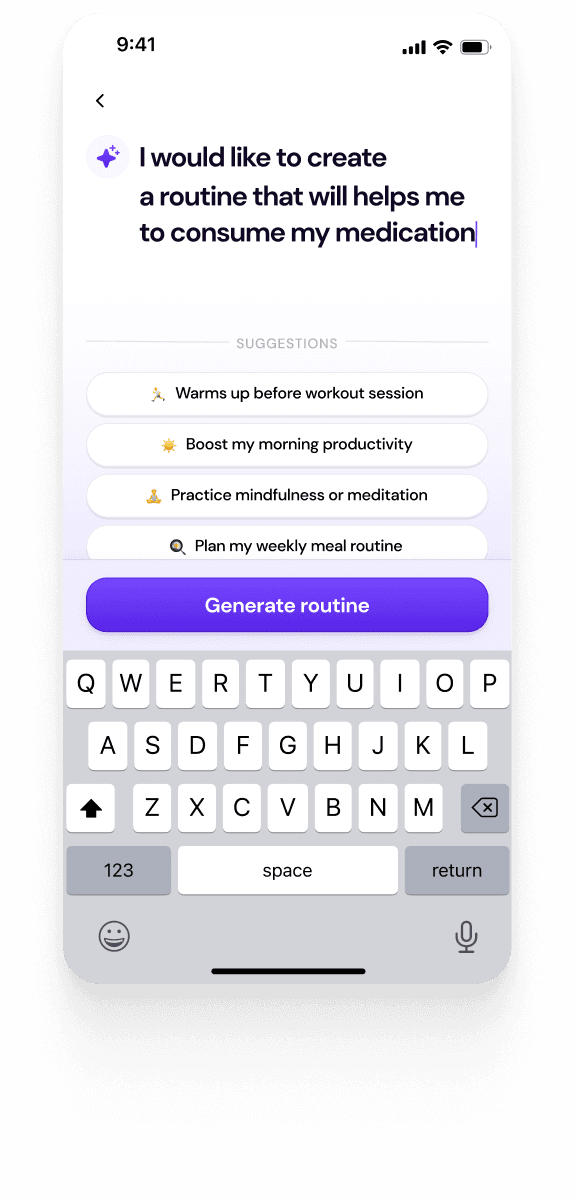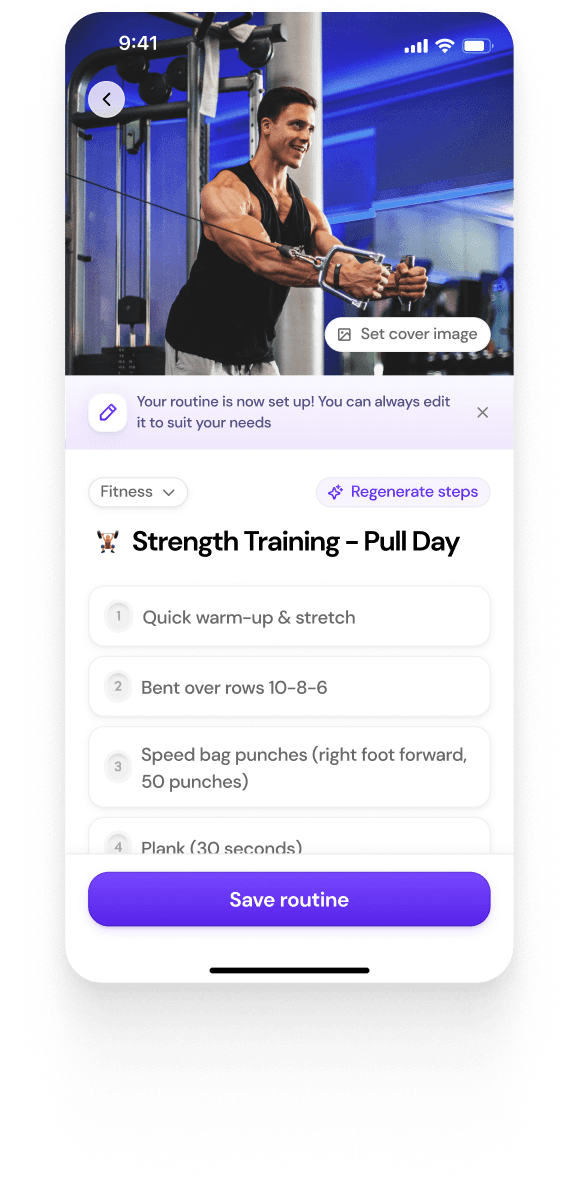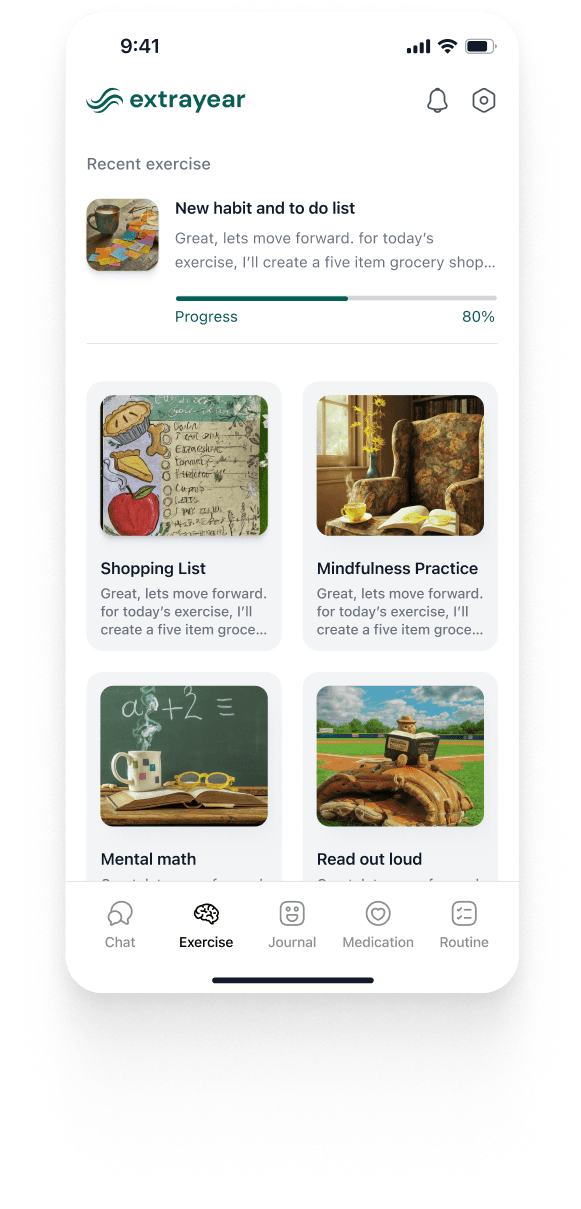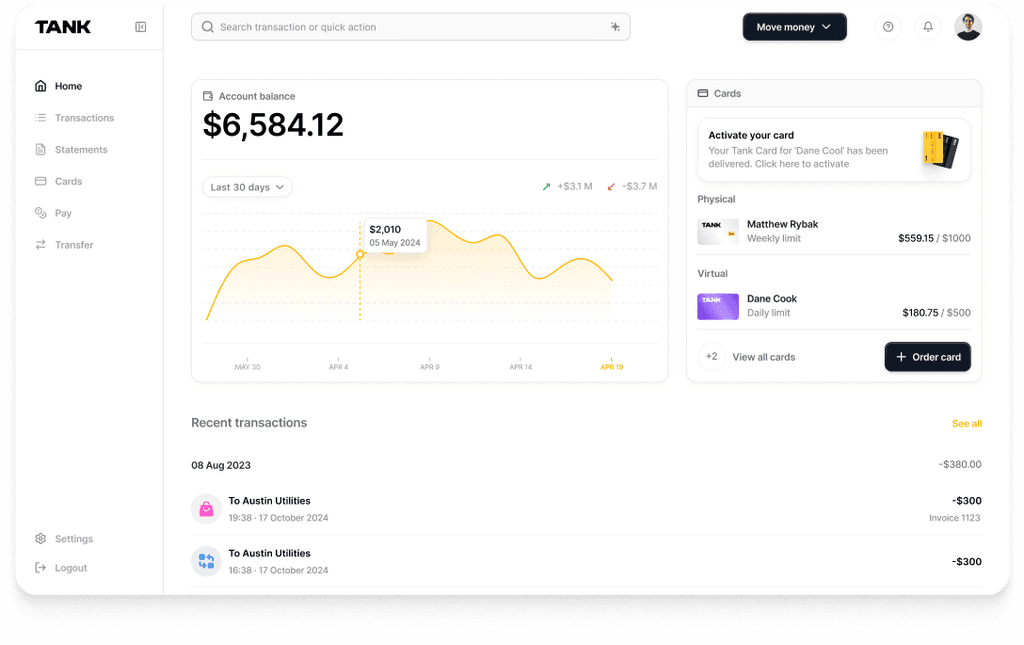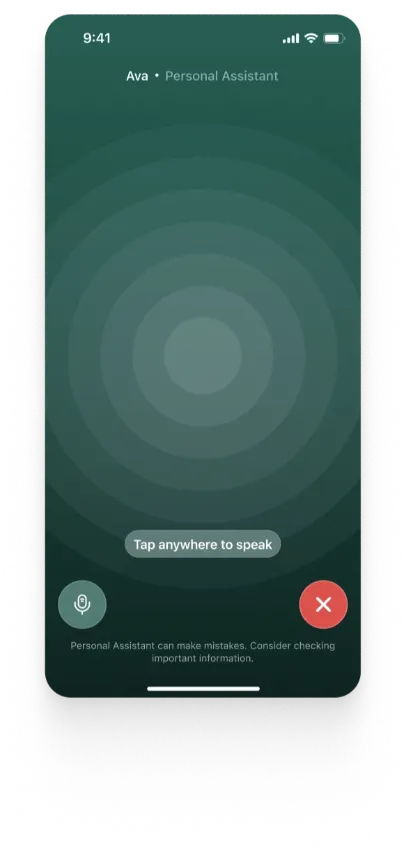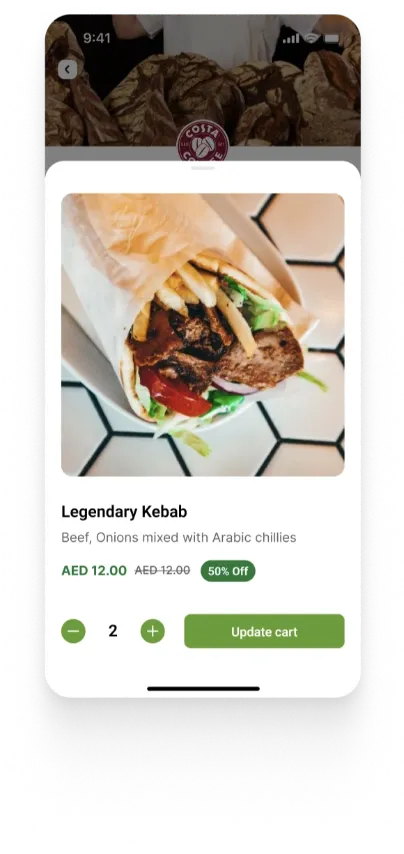How AI OS is Transforming the Product Development Lifecycle
Summary
AI Operating Systems are revolutionizing product development by automating workflows, enhancing decision-making, and streamlining processes. Unlike traditional methods, AI OS integrates predictive analytics, automation, and real-time data to optimize ideation, design, engineering, testing, and post-launch improvements.
Key insights:
AI OS Optimizes Product Lifecycle: AI OS automates ideation, prototyping, development, testing, and post-launch improvements, reducing inefficiencies.
Predictive Analytics Drives Better Decisions: AI OS analyzes data trends to optimize product-market fit, customer engagement, and feature prioritization.
Automation Enhances Speed & Efficiency: AI-driven workflows streamline software development, debugging, testing, and CI/CD deployment.
Smarter Supply Chains & Manufacturing: AI OS predicts demand, optimizes logistics, and integrates robotics for precision-driven production.
AI-Driven Marketing & Customer Insights: AI personalizes campaigns, segments audiences, and adapts messaging based on real-time sentiment analysis.
Balancing AI & Human Oversight: AI OS must be strategically integrated with governance frameworks to ensure ethical use, data privacy, and innovation.
Introduction
The emergence of AI Operating Systems (AI OS), which are intelligent platforms that combine automation, data analytics, and machine learning to optimize operations across systems, is a result of the rapid advancements in AI. AI OS revolutionizes company operations by improving decision-making, automating repetitive chores, and enabling predicting insights, in contrast to traditional operating systems, which mainly handle hardware and software resources. Businesses can use AI OS to accelerate innovation and optimize workflows by utilizing real-time data processing, adaptive learning, and autonomous execution.
This insight examines how AI OS is transforming the entire product development lifecycle, from coming up with original concepts to maximizing performance after launch.
The Traditional Product Development Lifecycle
The conventional product development lifecycle follows a structured yet often rigid process that moves from ideation to market release.
In order to guarantee a feasible product concept, businesses first assess client demands, examine market trends, and carry out feasibility studies. This process is known as ideation and market research. This phase, which mostly relies on manual data collection and subjective decision-making, is important yet time-consuming. Following concept validation, CAD modeling, sketching, and the development of early prototypes to test form, function, and viability are all part of the design and prototyping phase. These iterations typically take weeks or months, which can cause downstream operations to be delayed.
After design approval, the product enters development and engineering, where hardware and software are combined, manufacturing procedures are set up, and first production runs are evaluated. From engineering to procurement, this stage necessitates team cooperation and is vulnerable to bottlenecks in the event of inefficiencies. Testing and Quality Assurance (QA) come next, which is a crucial but time-consuming stage that involves consumer testing, product trials, and in-depth debugging to guarantee dependability and compliance. Delays in this phase may cause market launch dates to be pushed back, which could affect competitive positioning and revenue estimates.
Once the testing and QA cycle is completed, attention turns to production and the supply chain, where businesses oversee logistics, procurement, and assembly. Due to their inability to adjust in real time, traditional supply chains are susceptible to interruptions that raise prices and postpone the release of new products. Teams develop branding ideas, carry out advertising campaigns, and conduct consumer engagement during marketing and market launch. Without AI-driven insights, it is difficult to forecast market reaction and optimize promotional efforts in real-time.
The post-launch and continuous improvement phase, which includes software upgrades, user input, and product improvements, finally starts after launch. Because this approach is frequently reactive rather than proactive, it makes it more difficult to quickly adjust to changing customer expectations.
The traditional product development process is rife with inefficiencies despite its methodical approach. Innovation is hampered by bottlenecks caused by lengthy development durations, expensive development, human mistake, and a lack of real-time information. Rapid changes in the market further make it difficult for traditional models to adjust.
The table below gives a summary of the steps of the product development lifecycle:

The Role of AI OS in Modern Product Development
AI-powered operating systems (AI OS) are becoming a disruptive force as product development cycles get more competitive and complicated, improving decision-making at every level and simplifying procedures. AI OS incorporates machine learning, automation, and real-time data analytics to streamline processes, increase productivity, and shorten development times, in contrast to conventional operating systems that only control hardware and software interactions. Businesses may transition from intuition-based decision-making to data-driven strategies by utilizing AI-driven insights, which will facilitate more rapid innovation and agile product iterations.
Every phase of the product development lifecycle is being revolutionized by the integration of AI-powered operating systems (AI OS), which bring automation, real-time optimization, and predictive analytics. With intelligent systems that adapt and learn over time, AI OS helps businesses to improve decision-making, decrease inefficiencies, and speed up innovation. An explanation of how AI OS changes each stage of product development may be found below.
1. Ideation and Concept Development
By automating the process of determining consumer demands and industry trends, AI OS transforms ideation and market research. While AI-powered trend analysis tools may search through massive information, including social media, rival activity, and customer behavior, to identify new prospects, traditional brainstorming depends on subjective findings. By examining previous achievements and forecasting future demand, AI-powered automated brainstorming models produce creative ideas. Predictive analytics also evaluates product-market fit early in the development process, which lowers the chance of funding ideas that might not work out.
2. Design and Prototyping
AI-driven generative design, in which AI models generate several design iterations based on preset parameters, optimizing for elements like cost, durability, and user preferences, greatly enhances the design process. This significantly cuts down on the amount of time required for manual design changes. Before a physical prototype, designers can assess the viability of a product in a virtual setting using digital twins and virtual simulations, which saves time and material waste. Collaboration technologies driven by AI improve remote teamwork and guarantee smooth design iterations for international teams.
3. Development and Engineering
AI OS streamlines engineering workflows by automating and speeding up software and hardware development. While automated debugging finds and fixes faults before they affect production, AI-assisted code development minimizes the amount of human labor required to write complex code. Through the analysis of previous projects and the recommendation of effective engineering solutions, machine learning models optimize development. By coordinating tasks among teams and preventing bottlenecks caused by dependencies, intelligent workflow automation greatly accelerates production cycles.
4. Testing and Quality Assurance
By utilizing AI-powered testing frameworks that identify problems early in development, AI OS removes manual inefficiencies in testing and quality management. Real-time functionality is tracked by automated performance monitoring, which spots possible problems before they happen. Stress testing simulations lower post-launch risks by forecasting a product's performance in harsh environments. Predictive maintenance powered by AI regularly assesses the health of the system, enabling proactive problem solving and reducing expensive recalls.
5. Supply Chain and Manufacturing
Supply chain optimization driven by AI improves logistics by predicting demand, spotting possible interruptions, and suggesting substitute providers. By combining automation and AI-driven robotics, smart manufacturing ensures production lines are accurate and efficient while reducing waste. Inventory management systems prevent shortages or overproduction by dynamically adjusting stock levels based on real-time data. Demand forecasting powered by AI enables businesses to match output to consumer demands, cutting storage expenses and increasing profitability.
6. Marketing and Customer Insights
By evaluating enormous volumes of customer data to forecast purchasing patterns, AI OS revolutionizes marketing tactics. AI-powered consumer behavior analysis ensures hyper-targeted marketing campaigns by segmenting audiences based on previous interactions. Product descriptions, ads, and social media posts that are customized for various client categories are produced through personalized content generation. Real-time sentiment analysis of consumer input enables brands to modify their messaging and proactively address issues, increasing consumer happiness and brand loyalty.
7. Post-Launch and Continuous Improvement
AI OS makes guarantees that product optimization continues after it is released. Product performance is tracked by AI-based user experience monitoring, which collects practical data that guides further improvements. By anticipating problems before they arise, predictive maintenance lowers downtime and increases customer retention. Products can adapt over time by adding new features based on user behavior and market trends thanks to automated software updates and continual learning.
AI OS helps businesses transition from reactive development to proactive innovation by integrating intelligence into every stage of the product lifecycle. Businesses may shorten time-to-market, cut expenses, and improve product quality using automation, real-time optimization, and predictive analytics, which will help them remain competitive in a market that is changing quickly.
Steve: The First AI OS
Steve is the first AI Operating System designed to unify and streamline AI across all business functions. Unlike fragmented AI tools that operate in isolation, Steve provides a centralized AI hub that enables seamless integration of AI across ideation, design, engineering, manufacturing, marketing, and post-launch optimization. By leveraging a shared memory system that fosters collaboration, a trusted AI marketplace for discovering and integrating AI applications, and enterprise-grade security and compliance, Steve is redefining how businesses innovate and bring products to market.
1. AI-Powered Innovation from Ideation to Market Launch
Steve streamlines product development by embedding AI into every stage, ensuring faster iterations, data-driven decision-making, and a more efficient path to market.
AI-Driven Market Research and Ideation
Traditional market research and ideation processes often rely on manual competitor analysis and brainstorming. Steve changes this phase by using AI-driven trend analysis to sift through vast industry reports, social media discussions, and customer sentiment data to identify emerging market demands. AI-powered feasibility studies assess technological viability and market gaps, while automated brainstorming tools generate and refine product ideas based on predictive analytics.
Accelerating Design and Prototyping with AI
Once an idea is validated, Steve facilitates rapid prototyping through AI-driven generative design, allowing businesses to create multiple iterations based on predefined criteria. Digital twin simulations enable teams to test product feasibility in a virtual environment before physical prototyping, reducing time and costs. AI-powered collaboration tools provide real-time feedback and automated optimizations, ensuring design decisions align with market expectations.
AI-Assisted Engineering and Development
Steve’s AI-powered engineering assistant optimizes coding, software development, and hardware engineering by automating repetitive tasks, detecting bottlenecks, and improving process automation. AI-assisted code generation reduces human errors and enhances scalability, while integrated CI/CD pipelines ensure efficient deployment cycles with continuous improvements. Predictive analytics provide proactive risk assessment, ensuring development stays on track.
AI-Powered Testing and Quality Assurance
Quality assurance is a critical yet time-consuming aspect of product development. Steve employs AI-powered testing frameworks that automate performance monitoring, stress testing, and defect detection. By using machine learning to predict system failures before they occur, Steve enhances product reliability and significantly reduces costly post-launch fixes.
Enhancing Product Launch and Market Adaptation
Steve transforms product launch strategies with AI-driven consumer insights, dynamic audience segmentation, and personalized marketing content generation. AI-powered sentiment analysis continuously tracks customer feedback, allowing businesses to refine messaging, positioning, and product features in real-time. AI-generated performance analytics provide deep insights into user behavior to ensure continuous product optimization.
2. Measuring Efficiency Gains and Cost Reduction
By embedding AI into every phase of product development, Steve enables businesses to reduce costs, enhance efficiency, and accelerate time-to-market.
AI-Driven Task Management and Project Optimization
Traditional development methods involve manual task prioritization, tracking, and execution, leading to inefficiencies. Steve automates workflow management, dynamically assigning tasks based on project goals and resource availability. AI-generated dashboards provide real-time project health updates, eliminating the need for manual reporting and status checks.
Minimizing Errors and Enhancing Development Speed
One of the largest inefficiencies in product development is error correction. Steve employs AI-driven predictive error detection, ensuring issues are identified and resolved early in the process. AI-assisted code refinement and automated debugging streamline development cycles, reducing downtime and improving overall product quality.
Streamlined Deployment and Cost Savings
Deployment bottlenecks are common in traditional product development due to complex infrastructure management. Steve eliminates these challenges with AI-driven CI/CD pipelines, automated hosting integration, and scalable backend management. By reducing reliance on manual DevOps efforts, businesses can launch and iterate products faster without additional infrastructure costs.
The table below summarizes the key features of Steve that set it apart from traditional development:

Steve lowers development costs and boosts overall productivity by implementing AI-driven automation at every level, freeing up teams to concentrate on innovation rather than tedious tasks.
3. The Future of AI OS in Product Development
Steve is not just an AI automation tool—it is the future of AI-powered product development. By eliminating inefficiencies, integrating AI workflows, and providing businesses with an intelligent, data-driven ecosystem, Steve empowers teams to build, launch, and optimize products faster than ever before.
The evolution of Steve will focus on expanding AI-driven collaboration, enhancing real-time AI interactions across teams, and refining autonomous product lifecycle management capabilities. As the first AI OS, Steve is pioneering a shift toward AI-first, predictive, and continuously optimized product innovation.
Businesses that leverage Steve are not just keeping up with the AI revolution—they are leading it, transforming product development, and driving competitive advantage in an AI-powered world.
Challenges and Considerations
Businesses must carefully negotiate the hurdles associated with integrating AI OS, even though it offers revolutionary prospects in product development. The efficiency and long-term viability of AI-driven systems can be impacted by a number of important factors, including ethical considerations, data privacy difficulties, an excessive dependence on automation, and the requirement for human oversight.
Data privacy and ethical responsibility are among the most urgent issues. Large volumes of user data are necessary for AI OS to operate efficiently, which raises concerns over data security, ownership, and adherence to laws like the CCPA and GDPR. Sensitive business information, intellectual property, and customer data may be vulnerable to abuse, security lapses, or illegal access in the absence of strict protections. Trust and accountability in AI-driven product creation depend on openness in data collecting, encryption procedures, and explicit guidelines for AI decision-making.
Another issue, in addition to data security, is the danger of over-automation and over-reliance on AI. An over-reliance on AI OS might diminish human engagement in strategic problem-solving and critical thinking, even though these systems are excellent at automating monotonous tasks, optimizing complicated decision-making, and streamlining workflows. Businesses that completely automate product creation without involving humans may find it difficult to be flexible, creative, and make the kind of nuanced decisions that are necessary in marketplaces with intense competition. To guarantee that human inventiveness stays at the forefront of the innovation process, automated development cycles and AI-generated insights must be properly balanced.
The maintenance of a hybrid AI-human collaboration model is essential for the effective integration of AI OS. AI should support human expertise rather than replace it, making sure that trained experts keep an eye on, improve, and optimize automated processes. This involves human oversight in the interpretation of insights produced by AI, the validation of AI-driven product ideas, and the ultimate determination of product strategy. Potential biases and errors in AI decision-making can be avoided with a well-organized AI governance framework that explicitly outlines when human knowledge is needed and when AI takes the lead.
In the end, companies need to implement AI OS with a strategic approach, making sure that AI boosts productivity without sacrificing privacy, ethics, or human oversight. Although AI OS is a potent instrument for innovation, its effectiveness hinges on how well businesses handle the difficulties posed by automation, security, and human-AI cooperation. Businesses may fully utilize AI while preserving trust, flexibility, and creative control in their product development processes by proactively addressing these issues.
Conclusion
Businesses' conception, design, and product launch processes have been completely changed by the incorporation of AI OS into product development. Steve, a cutting-edge AI-powered operating system, is a prime example of this shift by expediting the whole product lifecycle, improving decision-making through predictive analytics, and smoothly automating activities. Steve gives companies the ability to innovate and iterate with previously unheard-of efficiency by cutting time-to-market, managing resources optimally, and enhancing product quality. But while AI OS promotes automation and optimization, its real promise is to enhance rather than replace human ingenuity. The best applications achieve a mix between human creativity and AI-driven accuracy, guaranteeing that innovation stays flexible, strategic, and sensitive to changing market needs.
Adopting AI operating system solutions like Steve is becoming essential for organizations to stay ahead in a fast-paced, highly competitive industry. Businesses will gain from faster iteration cycles, more in-depth market data, and increased operational efficiency if they adopt AI-driven product development. But this shift needs to be made carefully, giving data security, ethical issues, and a methodical approach to human-AI cooperation first priority. Steve shows how AI may be used as an intelligent companion that fosters creativity and decision-making, rather than merely as an automation tool. Businesses can achieve new heights of creativity, productivity, and market leadership by incorporating AI OS into their processes while keeping human oversight. Those who strategically adopt AI will be the ones developing products in the future, guaranteeing a smooth fusion of automation and human knowledge.
Authors
Transform Product Development with Steve
AI OS is redefining how products are built. Steve automates workflows, enhances team collaboration, and accelerates innovation through AI-powered intelligence. From ideation to deployment, Steve optimizes every phase, reducing bottlenecks and improving efficiency. Stay ahead of the competition by integrating AI into your product lifecycle today.














